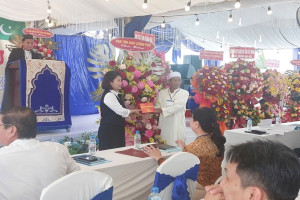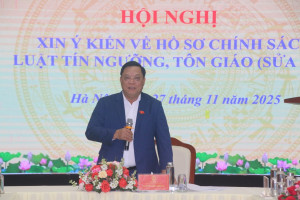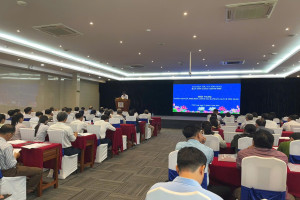
The diocese of Tagbilaran in the Philippine province of Bohol led a campaign on Sunday with thousands of people planting some 60,000 saplings to improve the environment on the island.
Priests, nuns and lay faithful, especially young people, planted fruit-bearing and hardwood trees in parishes across the diocese, Bishop Alberto Uy of Tagbilaran said.
Planting 10 trees each
“This is what we prayed for — that people, especially the young, will learn to love creation and to care for the environment,” the 53-year old bishop said.
The initiative was one of the numerous activities of the Philippine Church during the current worldwide ecumenical Season of Creation, from September 1 to October 4. More than 70 church and civil society organizations on September 1 inaugurated the Philippine celebration of the Season of Creation, which urges people to “respond to the calls to care for the earth, our common home”. The Church in the Philippines has extended the period by a week to October 11.
At least 100 volunteers in every parish of Tagbilaran joined the initiative and planted 10 trees each in their surroundings, backyards, and other designated areas.
Bishop Uy said every Christian is called to care about God’s creation, pointing out that trees not only beautify the surroundings but also bring many practical benefits to people. “May all of us develop a love for nature and start caring for the environment,” he prayed.
Tree cover loss
According to figures from Global Forest Watch (GFW), which monitors global forests in near real-time, the Philippines had 13.2 million hectares of natural forest, extending over 62% of its land area. In 2019, it lost 48.2 thousand hectares of natural forest, equivalent to 19.1 million metric tons of CO2 emissions.
From 2001 to 2019, the Philippines lost 1.23 million hectares of tree cover, equivalent to a 6.6% decrease in tree cover since 2000, and 498 million metric tons of CO2 emissions.
GFW also noted that in 2010, Bohol had 165,000 hectares of tree cover, extending to over 41 percent of its land area. In 2017 however, the tourist destination island lost 583 hectares of tree cover, losing the capacity to capture an equivalent of 57.4 kilotons of carbon dioxide emissions.
Bishop Uy, whose diocese is spearheading other social action projects including the provision of low-cost housing for the underprivileged, explained that instead of the usual mahogany and gmelina species, Bohol is now going for the endemic and preferably fruit-bearing trees.
Source: vaticannews.va




